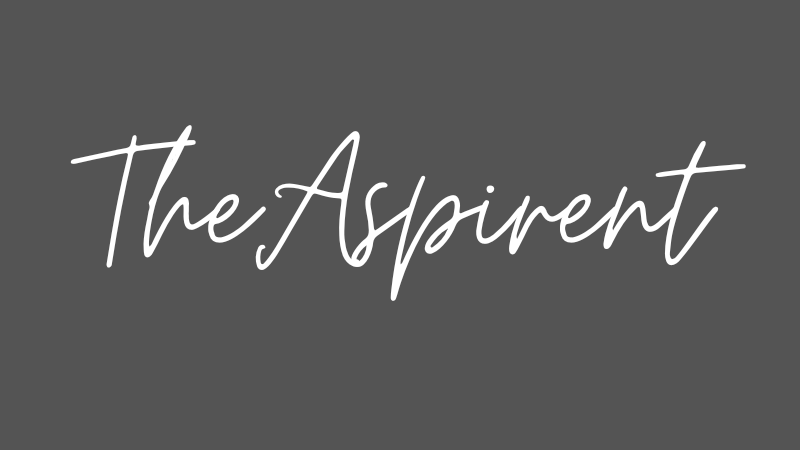Introduction to HTML
HyperText Markup Language, or HTML, serves as the backbone of the web. It is a markup language used to structure content on the internet, defining the various elements that make up a web page. Whether you’re a seasoned developer or just starting your coding journey, understanding HTML basics is essential. In this comprehensive guide, we will walk through the fundamental concepts of HTML, accompanied by practical examples. Additionally, we’ll explore how to leverage Visual Studio Code (VS Code) for HTML development.
HTML Document Structure
An HTML document is structured using tags, which are enclosed in angle brackets (< >). The basic structure of an HTML document includes the following elements:
<!DOCTYPE html>
<html>
<head>
<title>Page Title</title>
</head>
<body>
<h1>This is a Heading</h1>
<p>This is a paragraph.</p>
</body>
</html><!DOCTYPE html>: Declaration specifying the HTML version.<html>: Root element encapsulating the entire HTML document.<head>: Container for metadata, such as the page title.<title>: Defines the title displayed in the browser’s title bar.<body>: Contains the content of the HTML document.<h1>to<p>: Headings and paragraphs are examples of content elements.
Essential HTML Elements
Headings
HTML provides six levels of headings, <h1> to <h6>, where <h1> is the highest and <h6> is the lowest. Headings are used to structure content hierarchically.
<h1>Main Heading</h1>
<h2>Subheading</h2>
<h3>Another Subheading</h3>Paragraphs
Paragraphs are represented by the <p> element. They are used to structure and format text content.
<p>This is a simple paragraph.</p>
<p>Another paragraph follows.</p>Links
Hyperlinks are created using the <a> element. The href attribute specifies the destination URL.
<a href="https://www.example.com">Visit Example.com</a>Images
Images are inserted using the <img> element. The src attribute contains the path to the image file.
<img src="image.jpg" alt="Description of the image">Lists
HTML supports ordered and unordered lists. Ordered lists use the <ol> element, while unordered lists use the <ul> element. List items are represented by <li>.
<ul>
<li>Item 1</li>
<li>Item 2</li>
</ul>
<ol>
<li>First Item</li>
<li>Second Item</li>
</ol>Forms
Forms are created using the <form> element. Input fields, buttons, and other form elements are added within the form.
<form>
<label for="username">Username:</label>
<input type="text" id="username" name="username">
<input type="submit" value="Submit">
</form>Read Also: Using HTML in Visual Studio Code (VS Code)
Conclusion
HTML is the foundation of web development, and mastering its basics is a crucial step for every aspiring web developer. Armed with this knowledge, you can create structured and engaging web pages. Visual Studio Code provides an excellent environment for HTML development, offering powerful features to streamline your coding experience. Whether you’re building a personal website or diving into professional web development, understanding HTML and utilizing tools like VS Code will set you on the path to success. Happy coding!
